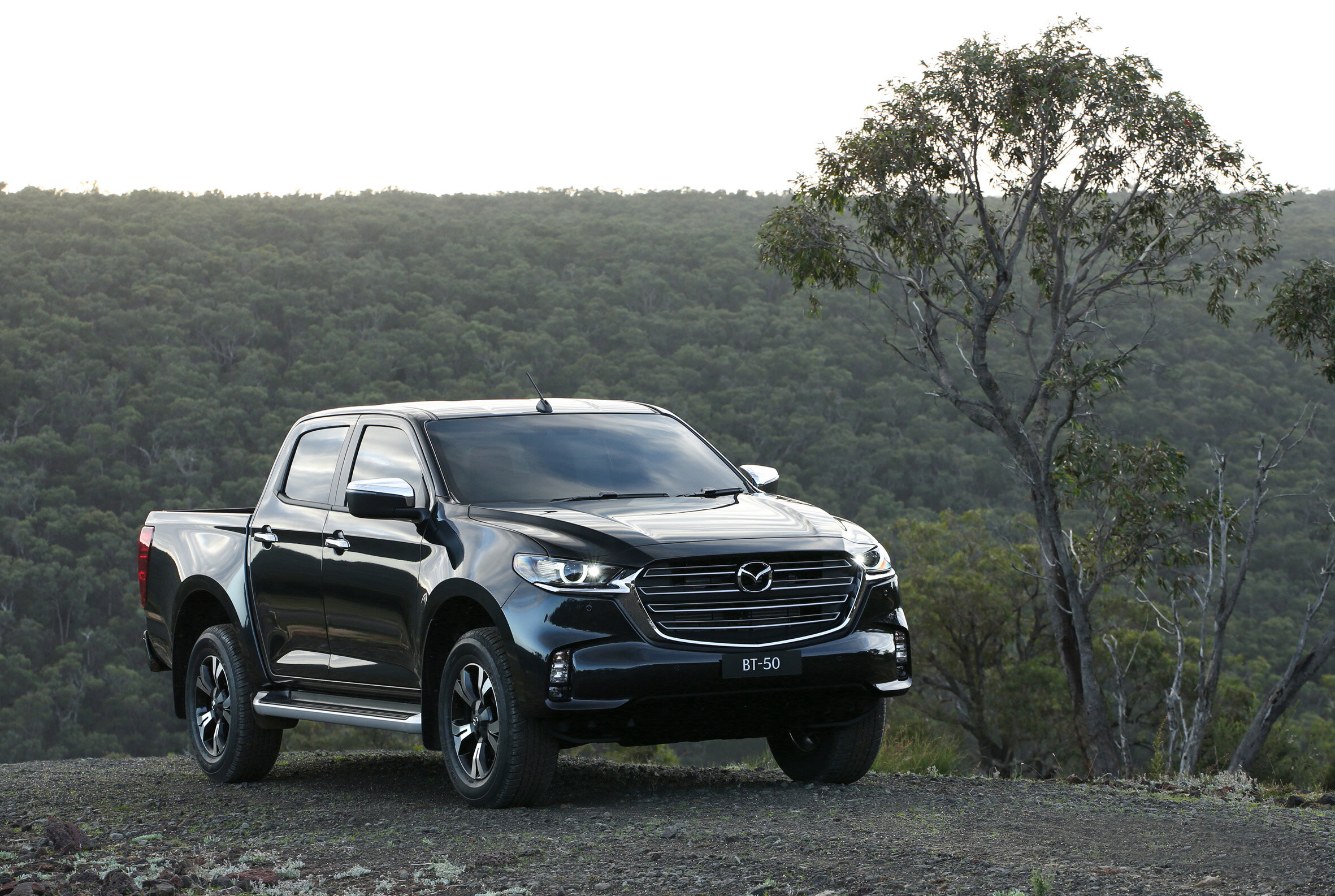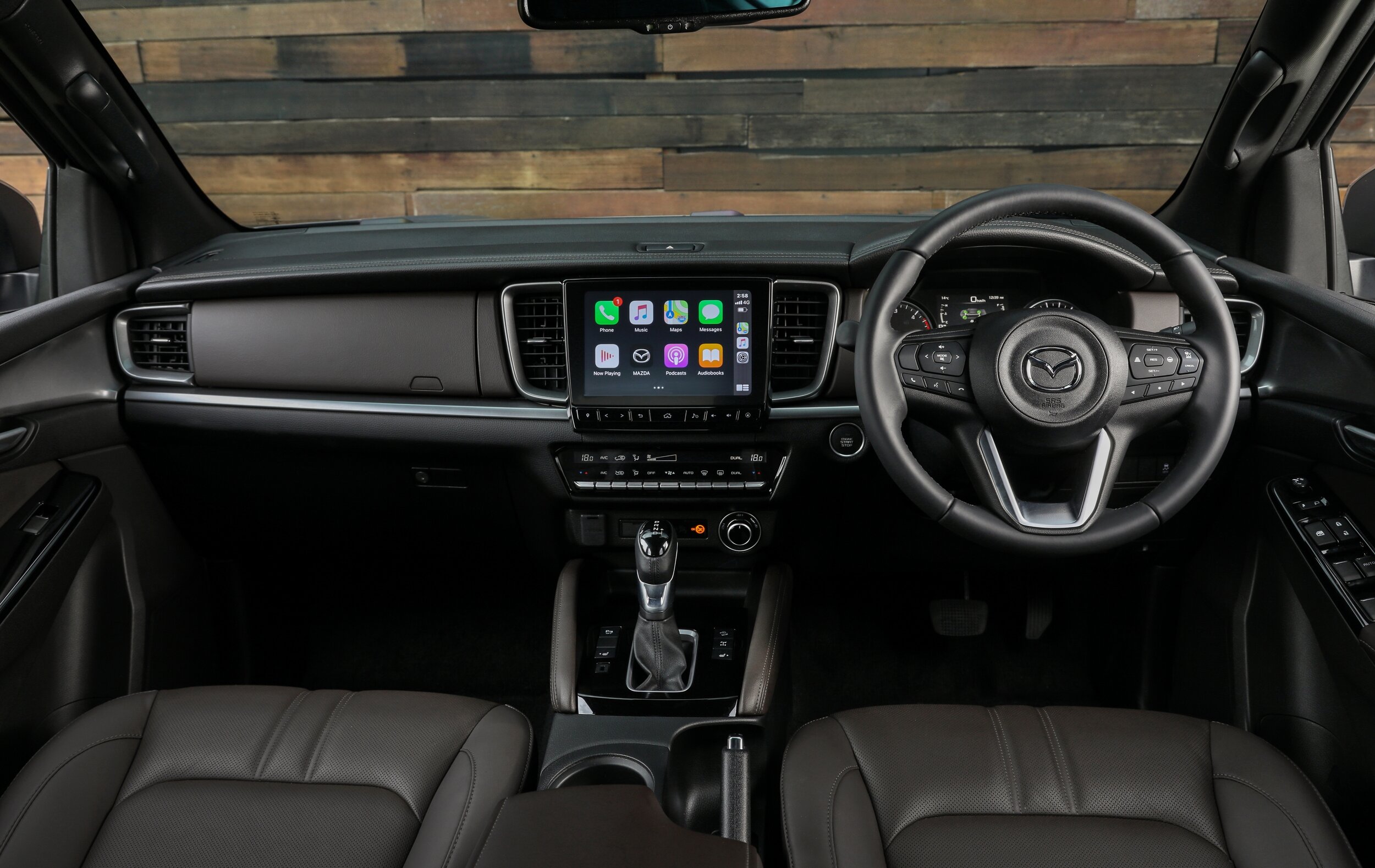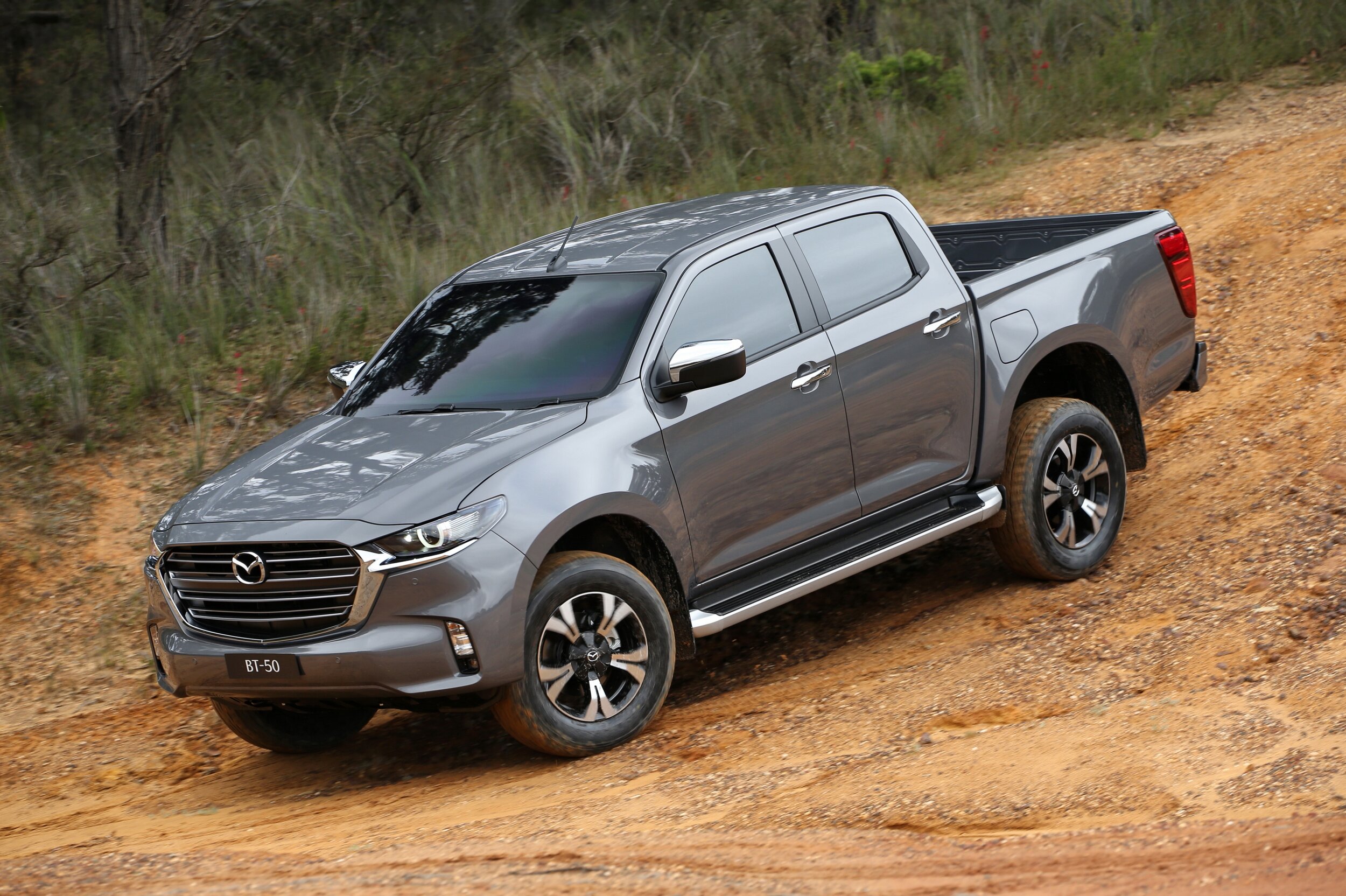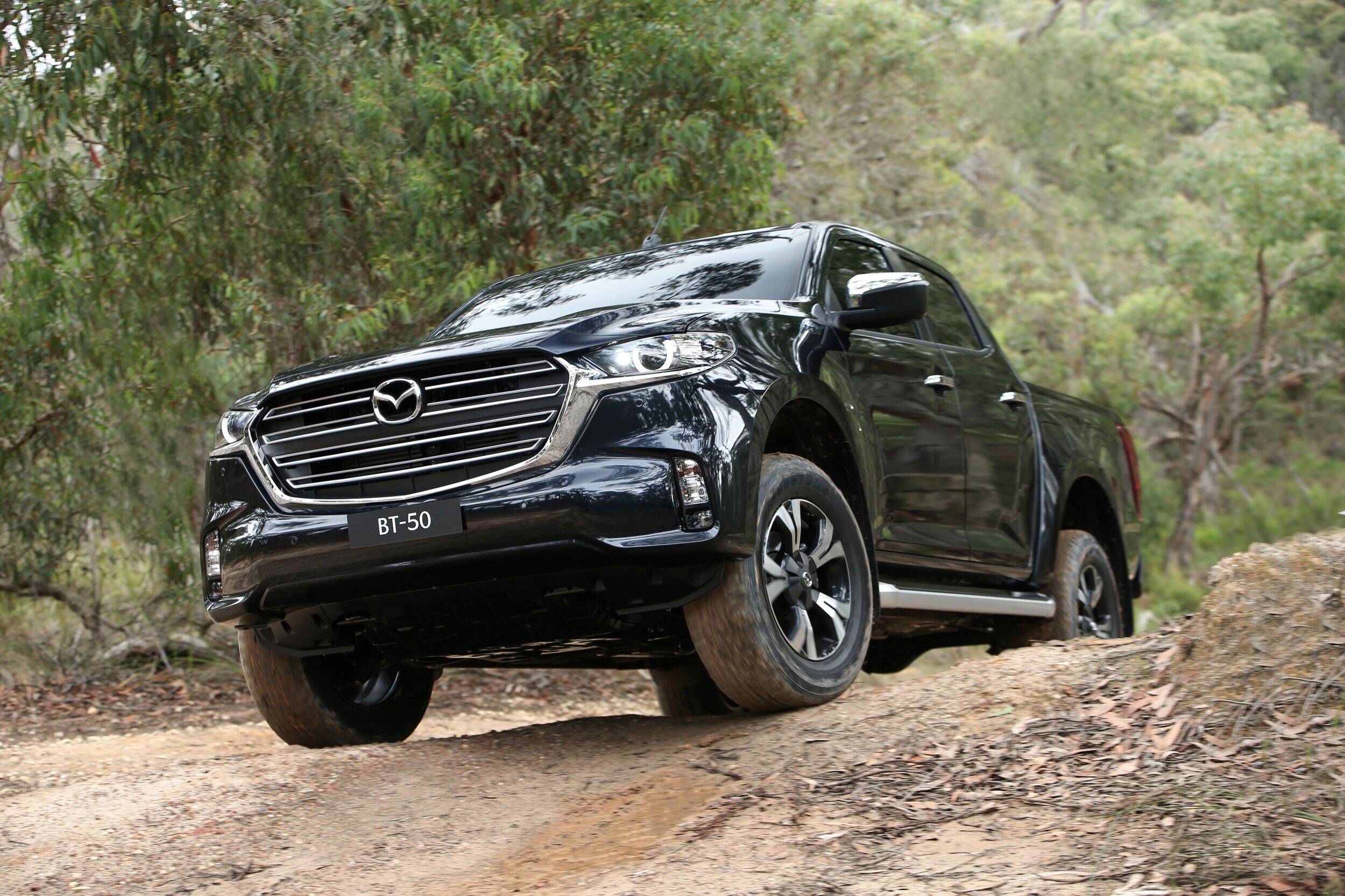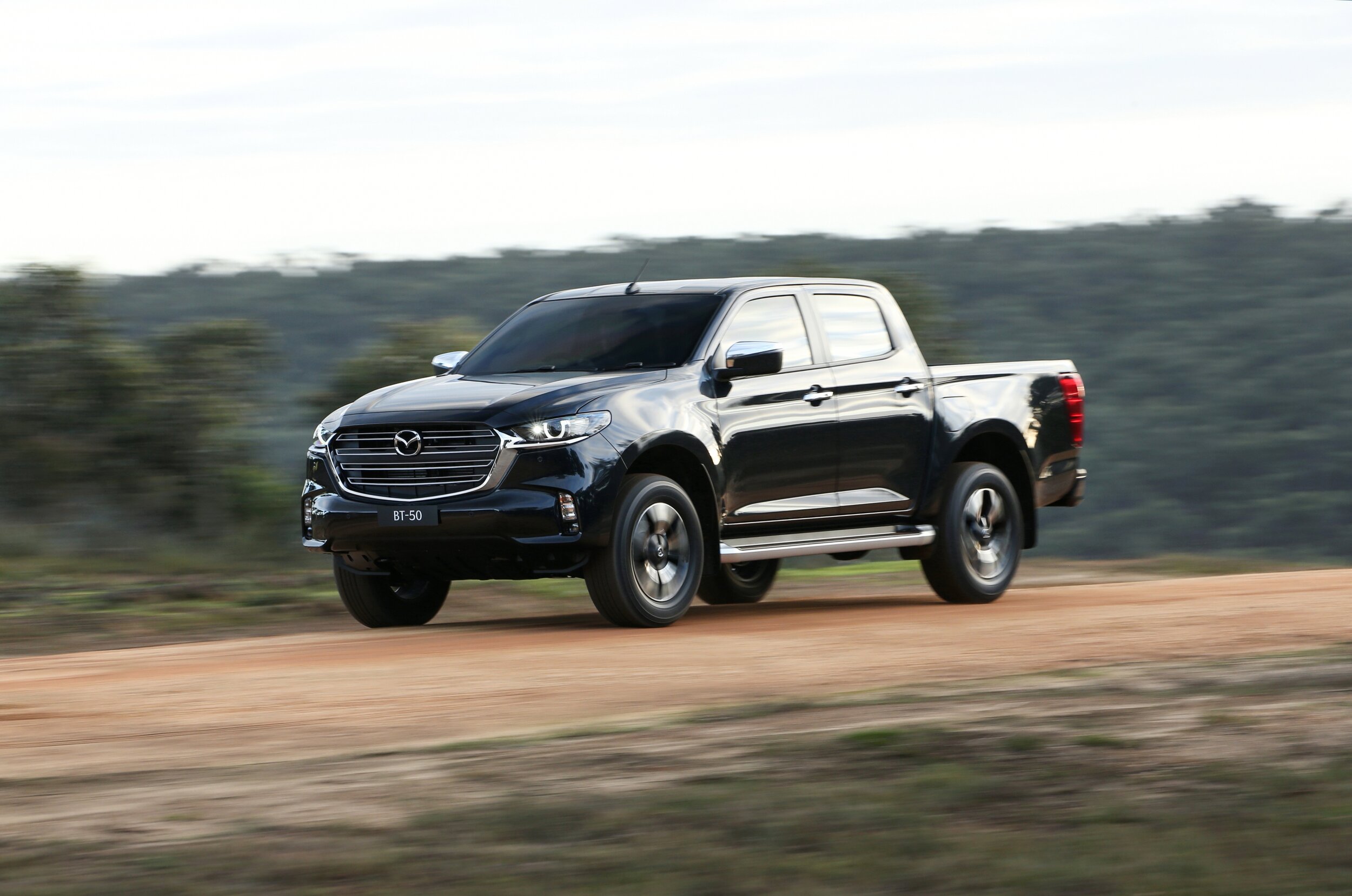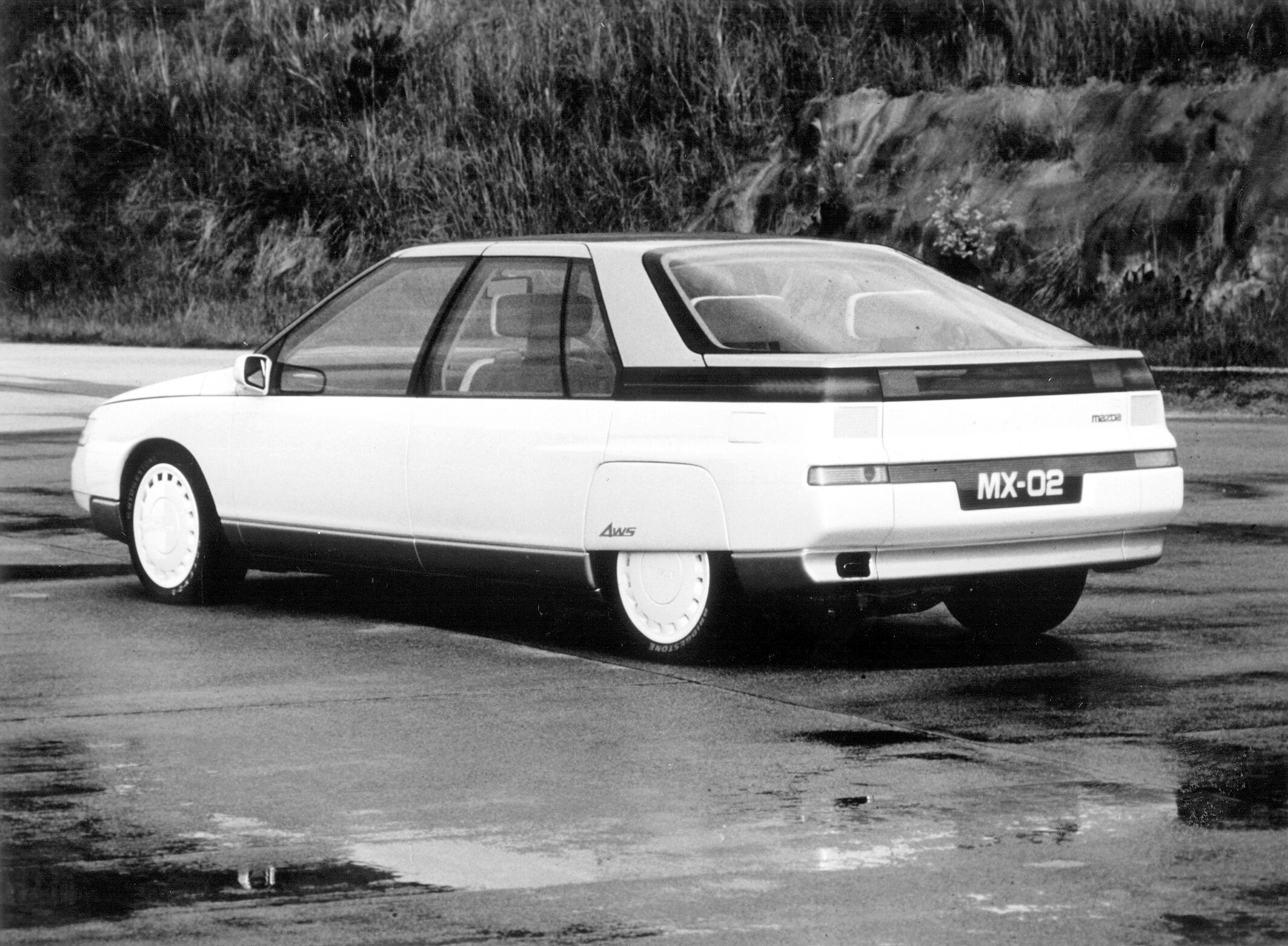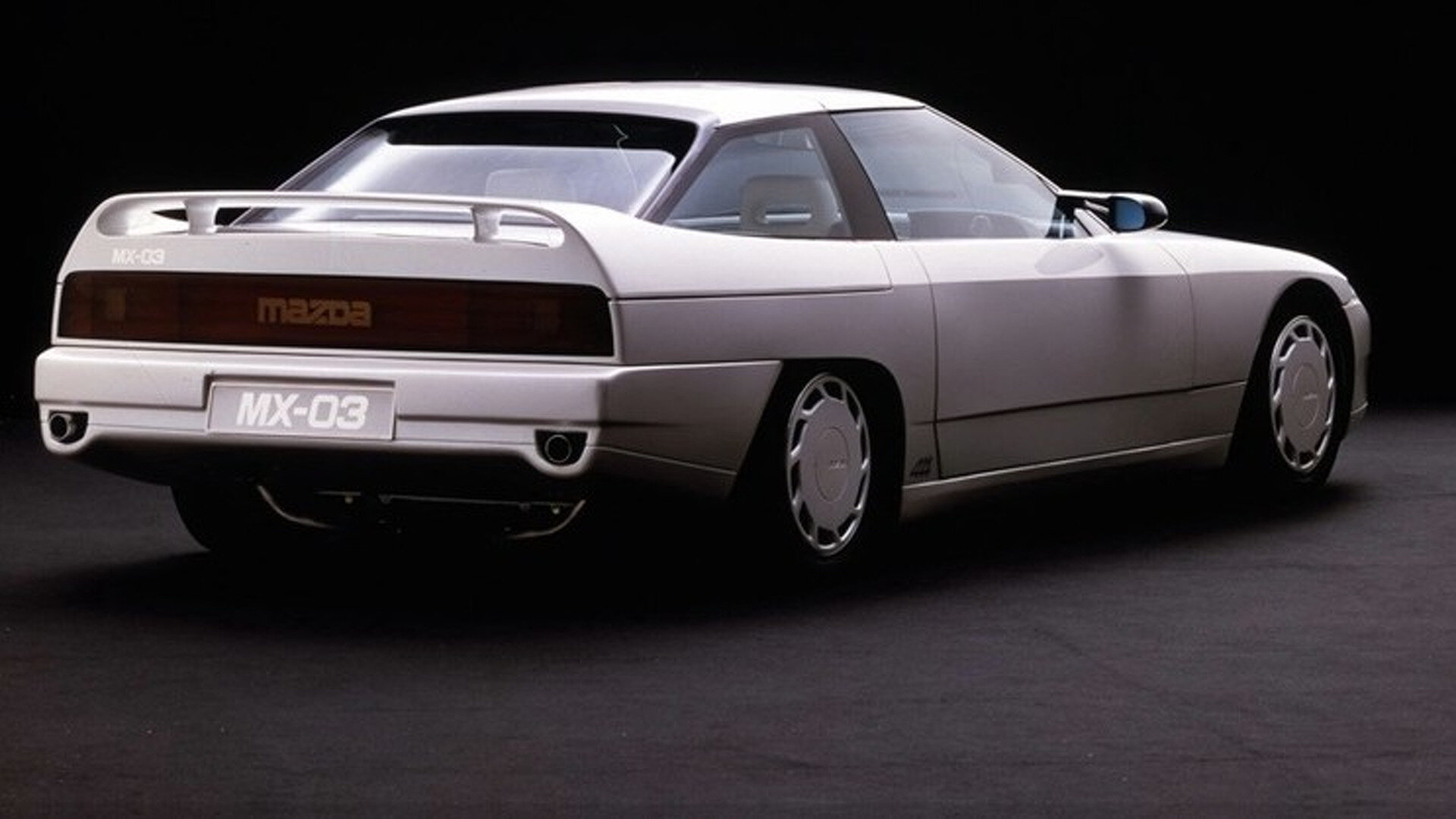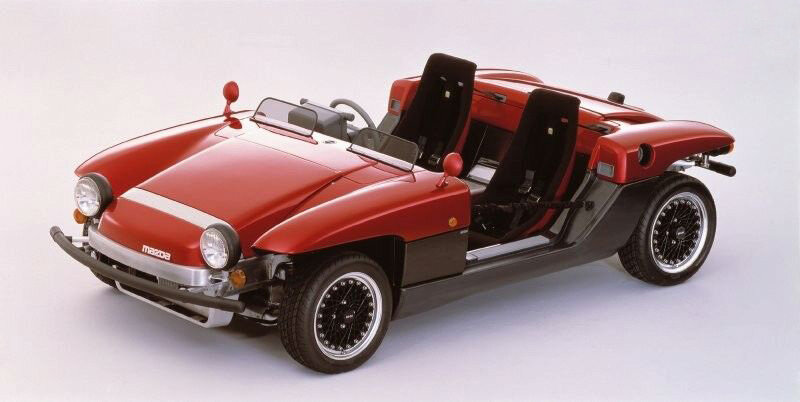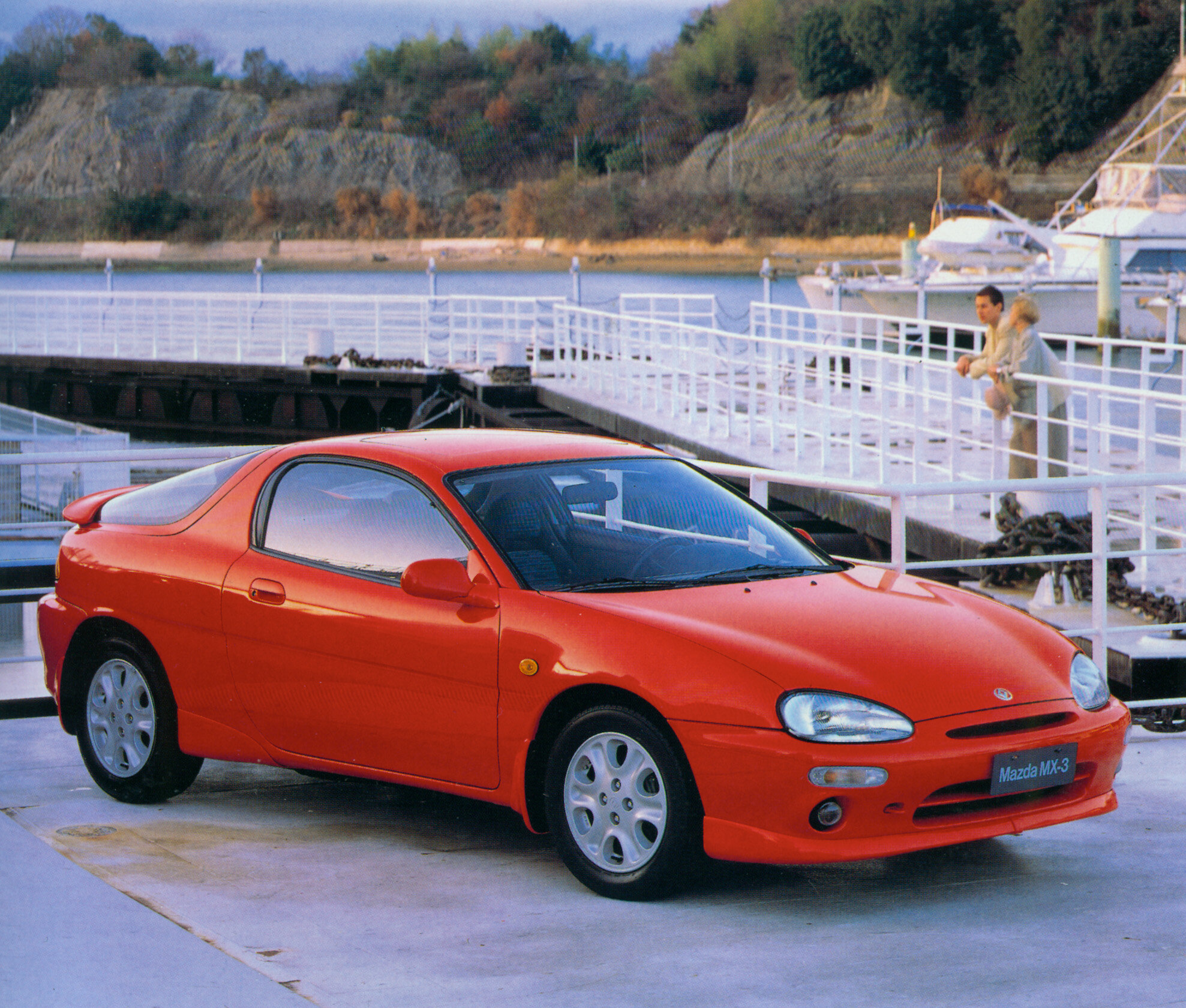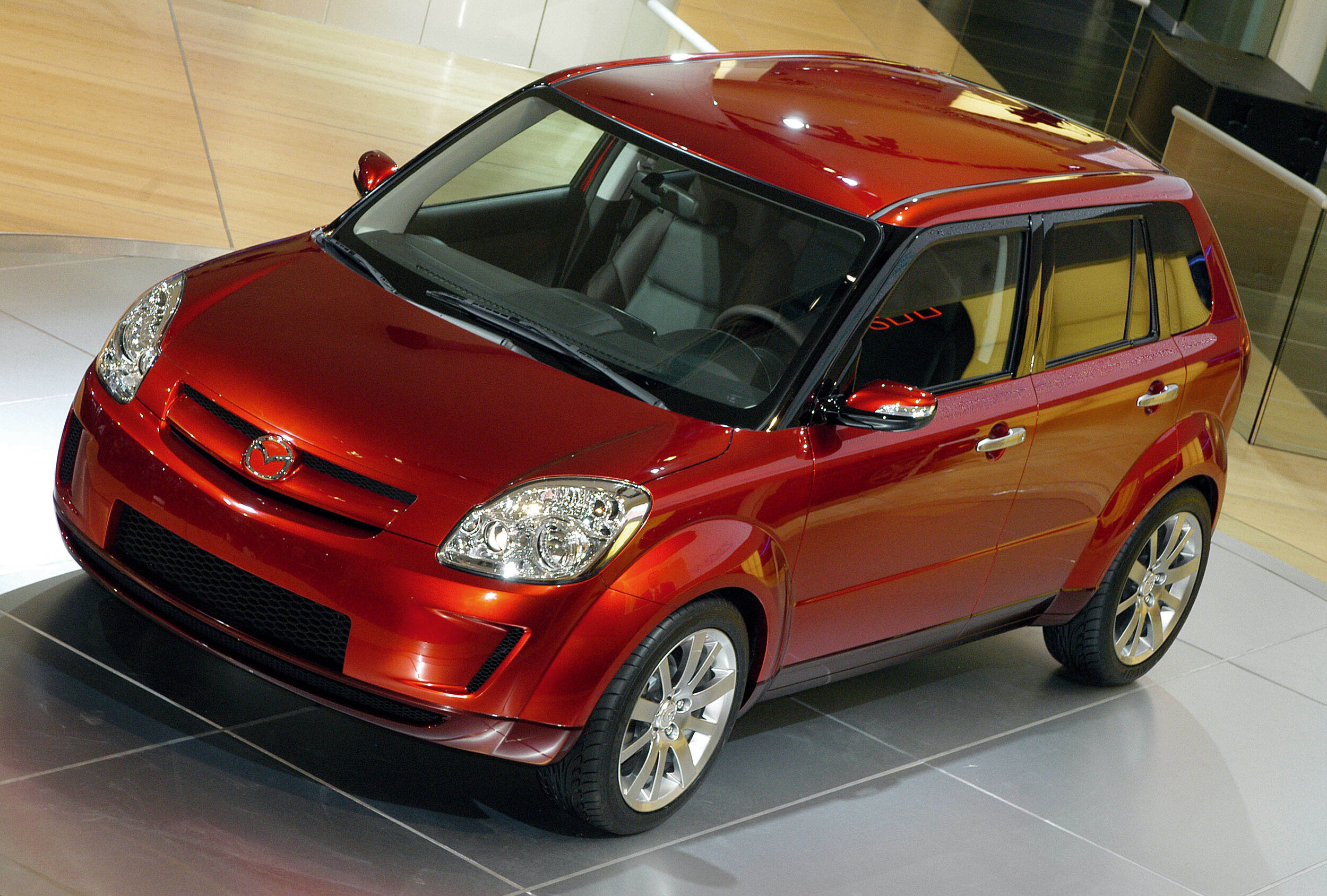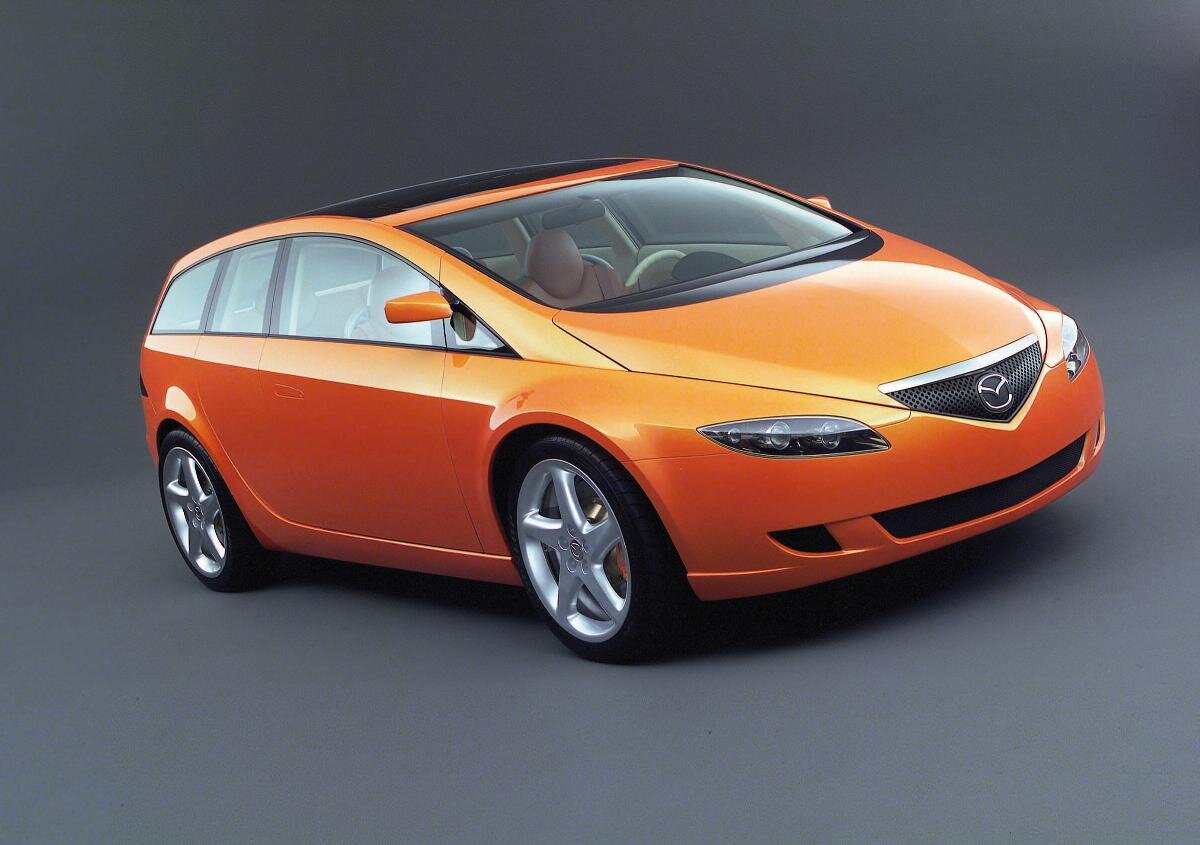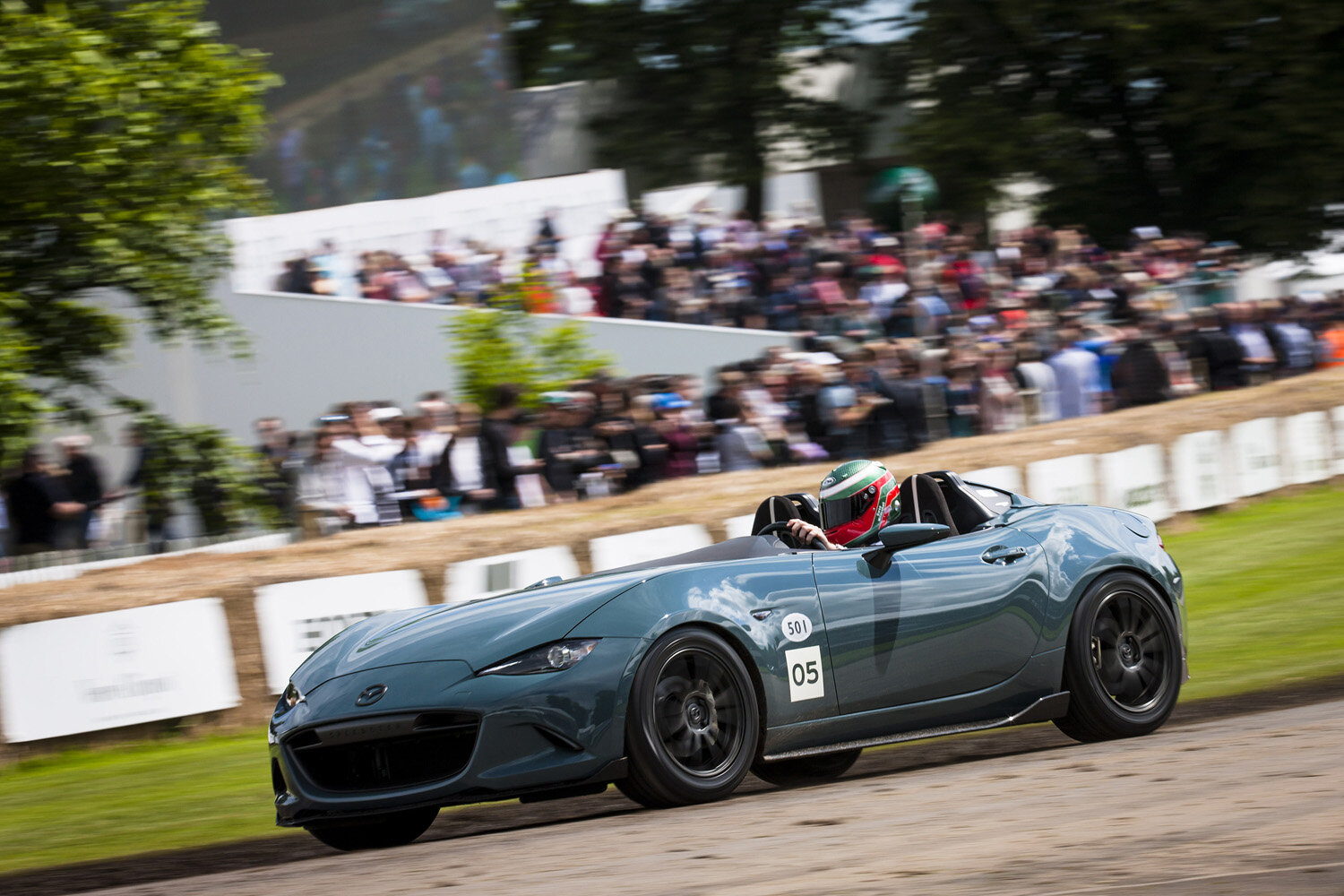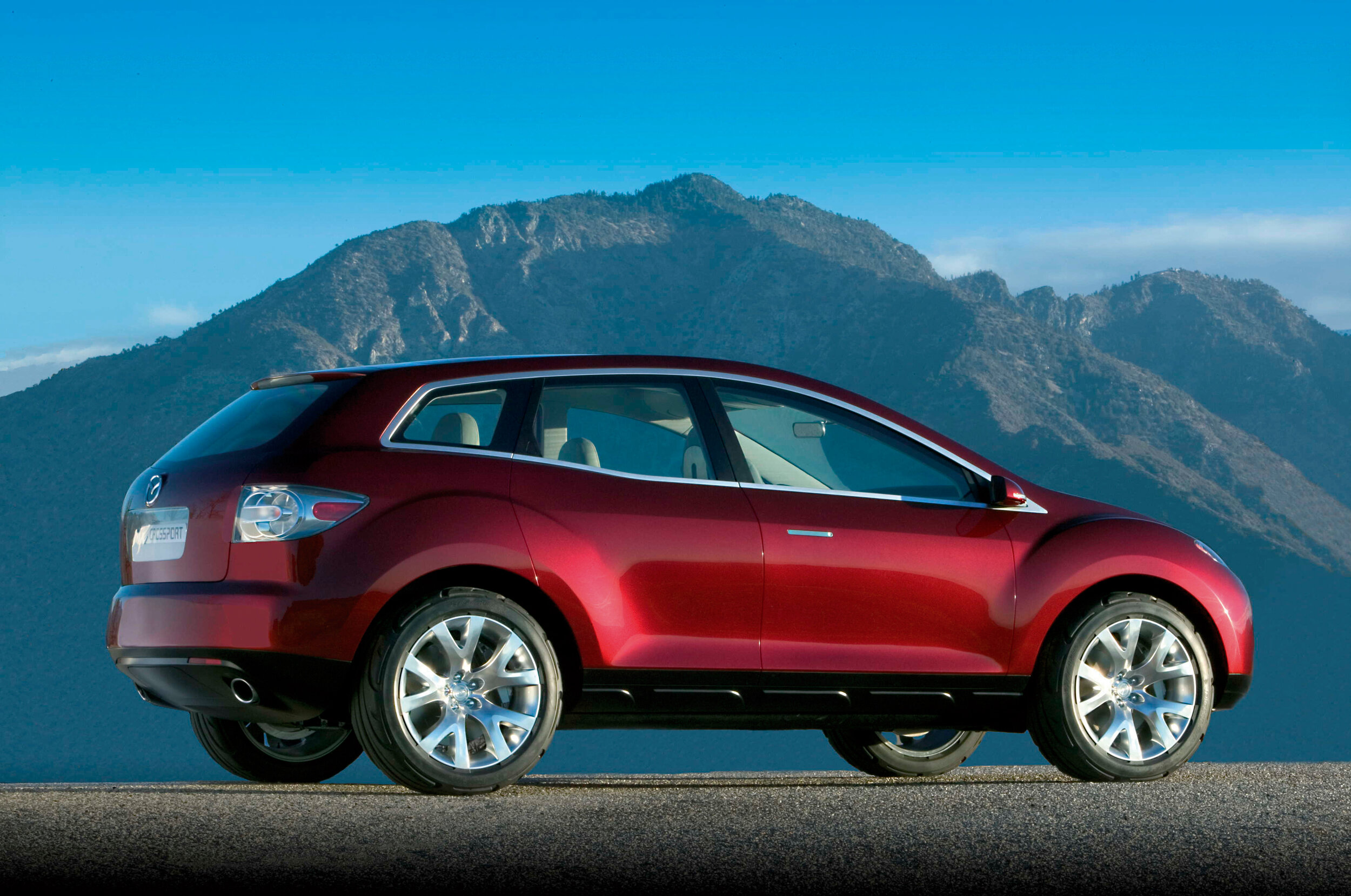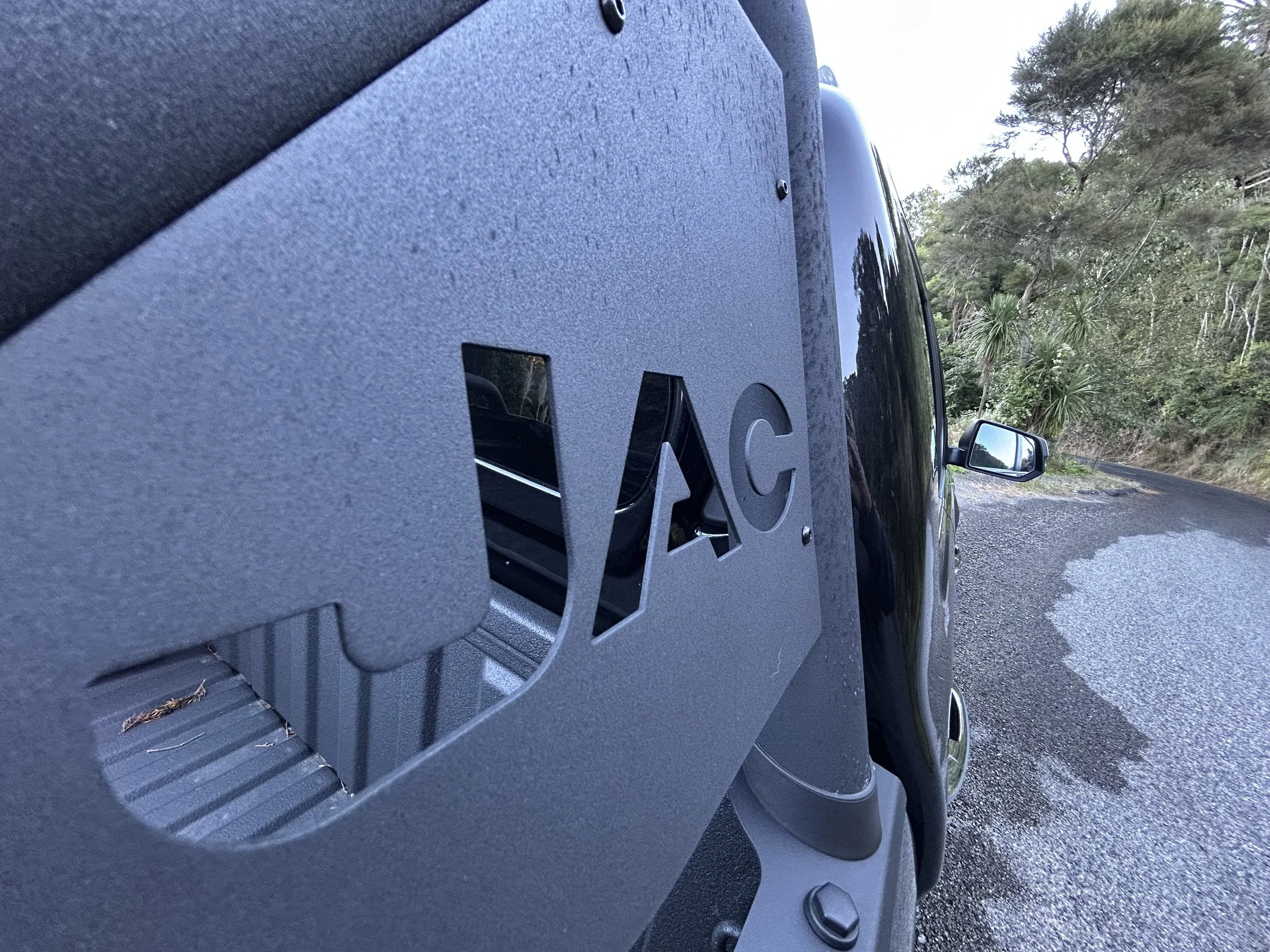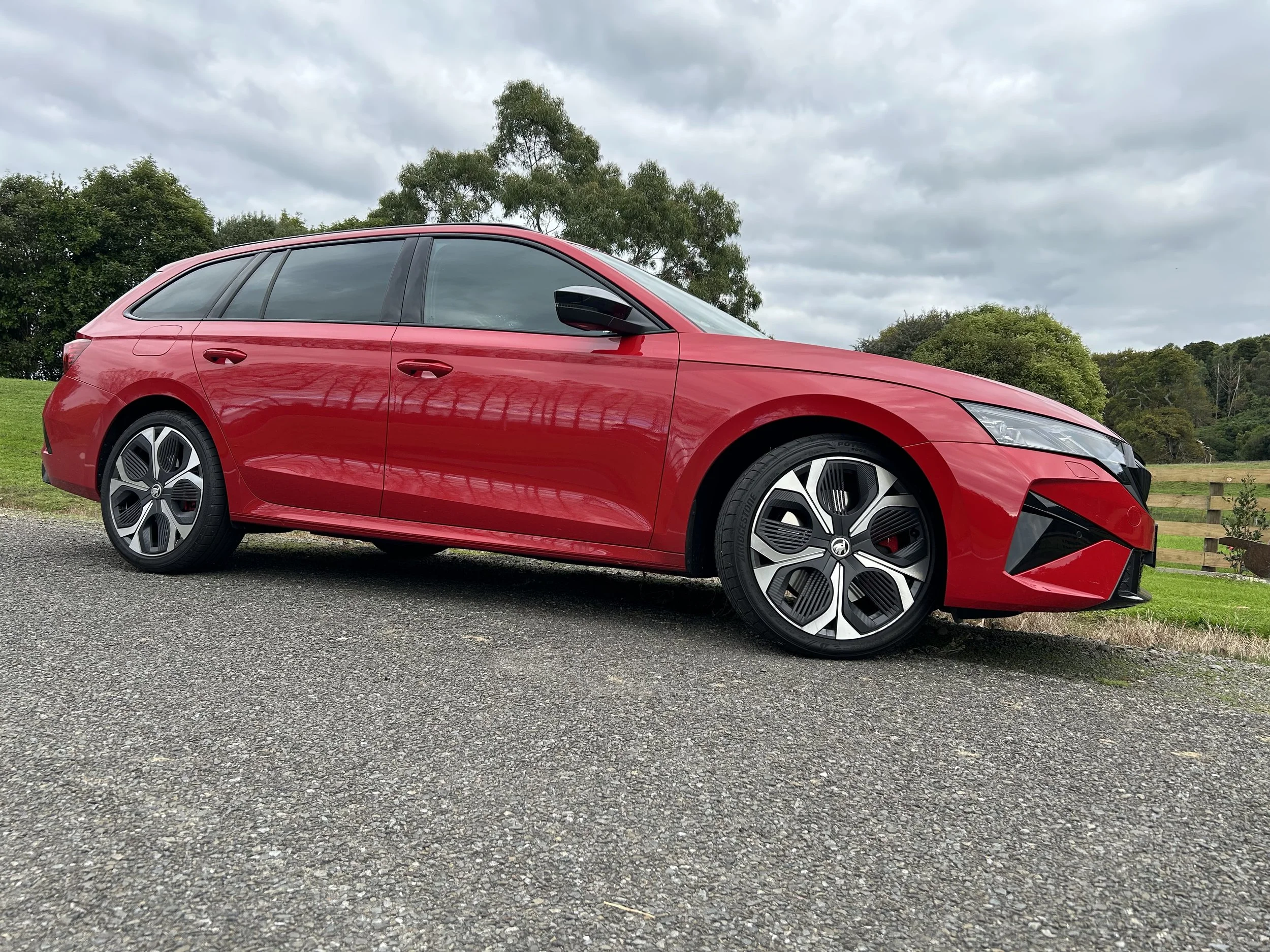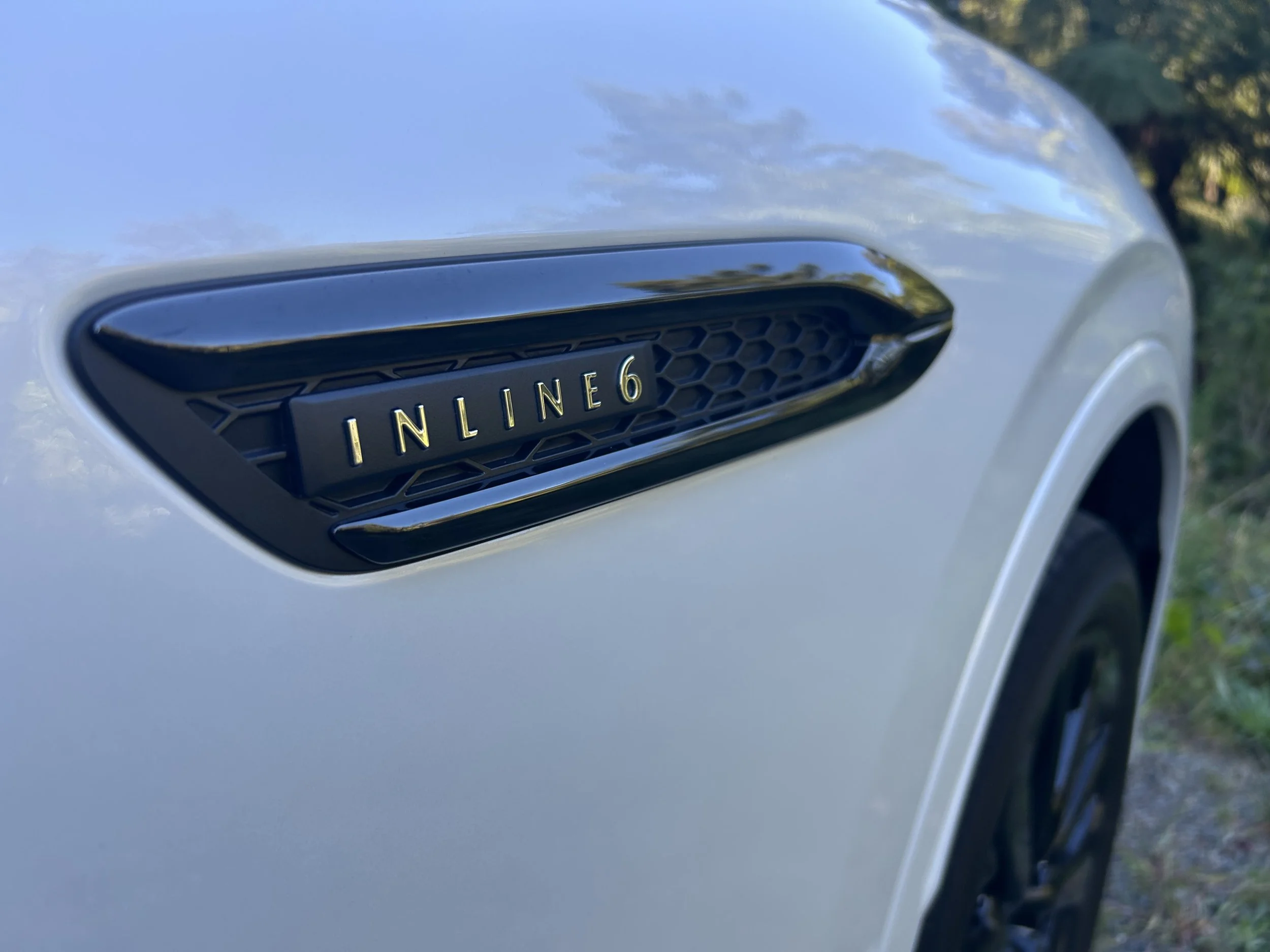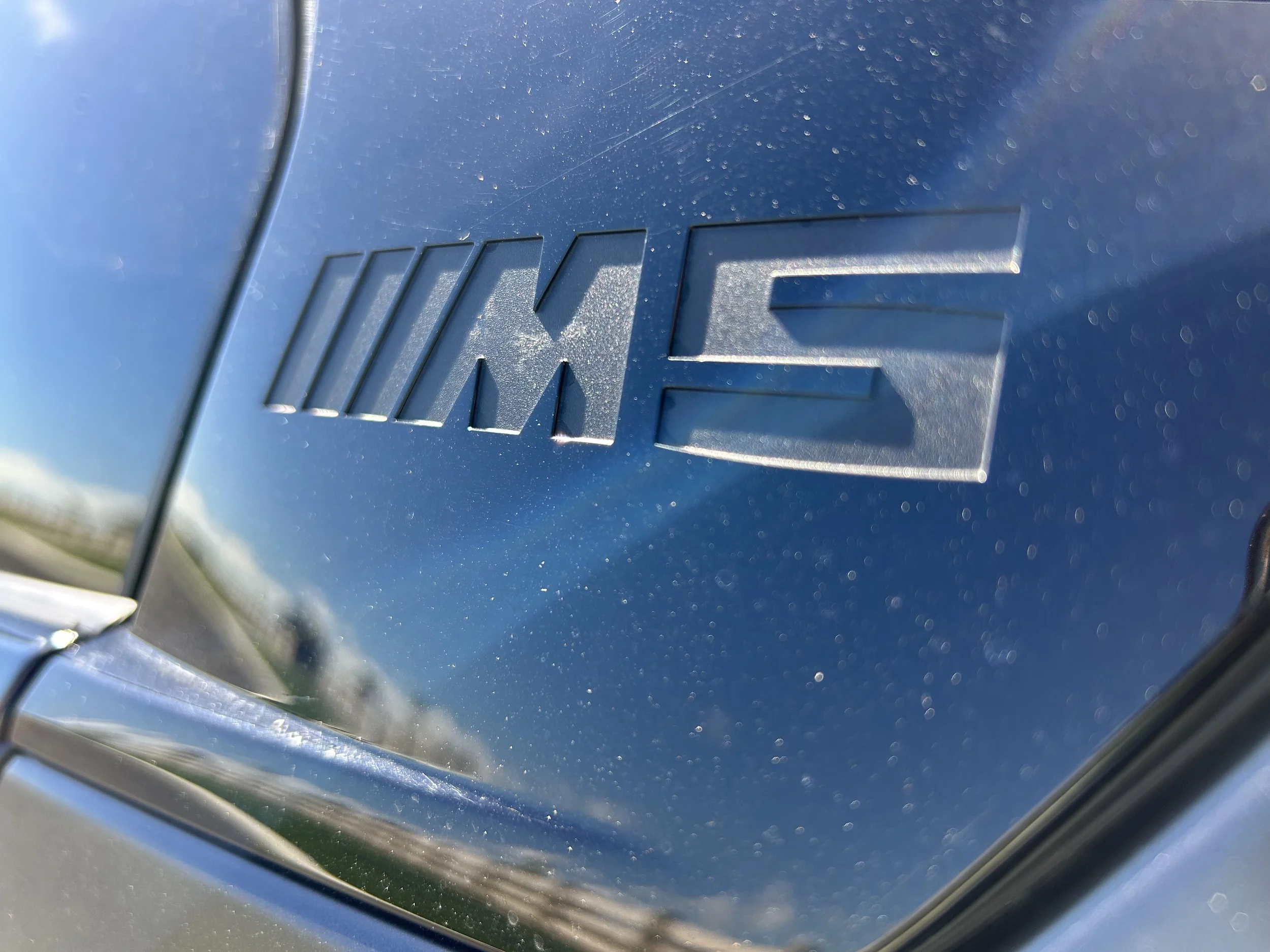Max score for Mazda sister ship
/What’s good for the D-Max is good for the BT-50, our crash testing agency decides.
DIFFERENT badges, same basic engineering, technology and design – and it’s paid off for Mazda’s twin to the Isuzu D-Max in crash testing.
A month after determining Isuzu’s soon-to-release new one tonne ute was worthy of a maximum five star score from a crash test that became tougher this year, the national crash testing agency has decided the BT-50 that is a co-development of that model should achieve the same score.
Surprised? Well, there’s potential you might be because, even though the sister utes are both on the top rung, it’s questionable the Mazda can claim utter category-first equality.
Mazda’s ute scores just slightly lower for impacts regarding pedestrians and cyclists in the vulnerable road user criteria due to the different nose design.
That in itself might seem an interesting outcome as, when it came to assessing the Mazda, the New Zealand Government-funded and NZ Automobile Association-supported Australasian New Car Assessment Programme didn’t put one into the wall, as occurred with the D-Max.
Rather, the outcomes determined for the Mazda accrue from the agency extrapolating results from the D-Max test and also giving consideration to technical data provided by Mazda.
All this means the BT-50 carries the exact same ratings for adult occupant protection (83 percent), child occupant protection (89 percent), and safety assist (81 percent).
The safety system on the Mazda, like the Isuzu, consists of a comprehensive suite of tech such as AEB, adaptive cruise control, lane departure warning with steering assist, blind spot monitoring and advanced speed assist, and many others.
ANCAP’s rating applies for all BT-50 models.
Isuzu will have a head start on leveraging the score, with the D-Max expected to be on sale within the fortnight; timing which gives it around four week’s head start over the Mazda, this to honour an international agreement between the makes that gives Isuzu first dibs on strength that the ute is their basic design and comes from their factory.




